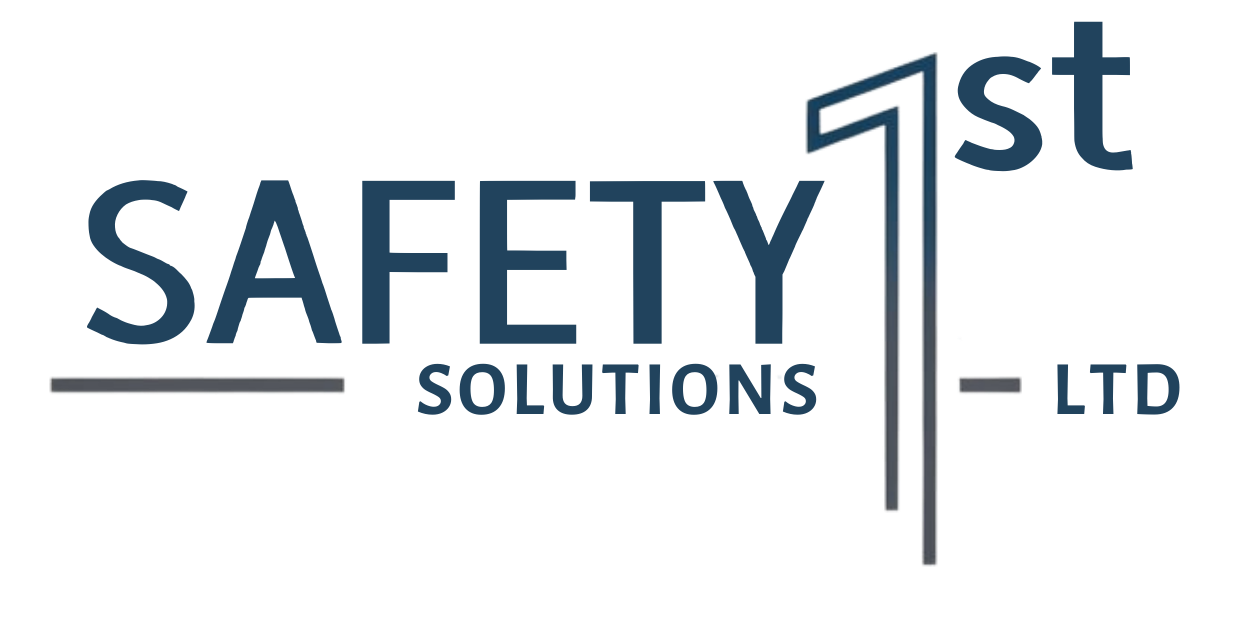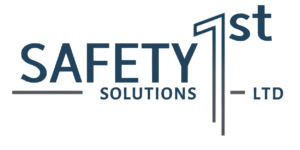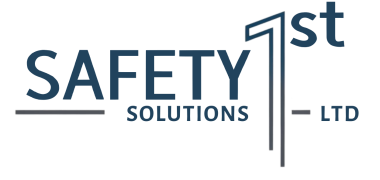Risk assessment steps
What is risk assessment?
During the risk assessment process, employers review and evaluate their organizations to:
- Identify processes and situations that may cause harm, particularly to people (hazard identification).
- Determine how likely it is that each hazard will occur and how severe the consequences would be (risk analysis and evaluation).
- Decide what steps the organization can take to stop these hazards from occurring or to control the risk when the hazard can’t be eliminated (risk control).
It’s important to note the difference between hazards and risks. A hazard is anything that can cause harm, including work accidents, emergency situations, toxic chemicals, employee conflicts, stress, and more. A risk, on the other hand, is the chance that a hazard will cause harm. As part of your risk assessment plan, you will first identify potential hazards and then calculate the risk or likelihood of those hazards occurring.
The goal of a risk assessment will vary across industries, but overall, the goal is to help organizations prepare for and combat risk. Other goals include:
- Providing an analysis of possible threats
- Preventing injuries or illnesses
- Meeting legal requirements
- Creating awareness about hazards and risk
- Creating an accurate inventory of available assets
- Justifying the costs of managing risks
- Determining the budget to remediate risks
- Understanding the return on investment
Businesses should perform a risk assessment before introducing new processes or activities, before introducing changes to existing processes or activities (such as changing machinery), or when the company identifies a new hazard.
The steps used in risk assessment form an integral part of your organization’s health and safety management plan and ensure that your organization is prepared to handle any risk.
Preparing for your risk assessment
Before you start the risk management process, you should determine the scope of the assessment, necessary resources, stakeholders involved, and laws and regulations that you’ll need to follow.
Scope: Define the processes, activities, functions, and physical locations included within your risk assessment. The scope of your assessment impacts the time and resources you will need to complete it, so it’s important to clearly outline what is included (and what isn’t) to accurately plan and budget.
Resources: What resources will you need to conduct the risk assessment? This includes the time, personnel, and financial resources required to develop, implement, and manage the risk assessment.
Stakeholders: Who is involved in the risk assessment? In addition to senior leaders that need to be kept in the loop, you’ll also need to organize an assessment team. Designate who will fill key roles such as risk manager, assessment team leader, risk assessors, and any subject matter experts.
Laws and regulations: Different industries will have specific regulations and legal requirements governing risk and work hazards. For instance, the Occupational Safety and Health Administration (OSHA) sets and enforces working condition standards for most private and public sectors. Plan your assessment with these regulations in mind so you can ensure your organization is compliant.
5 steps in the risk assessment process
Once you’ve planned and allocated the necessary resources, you can begin the risk assessment process.
Proceed with these five steps.
1. Identify the hazards
The first step to creating your risk assessment is determining what hazards your employees and your business face, including:
- Natural disasters (flooding, tornadoes, hurricanes, earthquakes, fire, etc.)
- Biological hazards (pandemic diseases, foodborne illnesses, etc.)
- Workplace accidents (slips and trips, transportation accidents, structural failure, mechanical breakdowns, etc.)
- Intentional acts (labor strikes, demonstrations, bomb threats, robbery, arson, etc.)
- Technological hazards (lost Internet connection, power outage, etc.)
- Chemical hazards (asbestos, cleaning fluids, etc.)
- Mental hazards (excess workload, bullying, etc.)
- Interruptions in the supply chain
Take a look around your workplace and see what processes or activities could potentially harm your organization. Include all aspects of work, including remote workers and non-routine activities such as repair and maintenance. You should also look at accident/incident reports to determine what hazards have impacted your company in the past.
2. Determine who might be harmed and how
As you look around your organization, think about how your employees could be harmed by business activities or external factors. For every hazard that you identify in step one, think about who will be harmed should the hazard take place.
3. Evaluate the risks and take precautions
Now that you have gathered a list of potential hazards, you need to consider how likely it is that the hazard will occur and how severe the consequences will be if that hazard occurs. This evaluation will help you determine where you should reduce the level of risk and which hazards you should prioritize first.
Later in this article, you’ll learn how you can create a risk assessment chart to help you through this process.
4. Record your findings
If you have more than five employees in your office, you are required by law to write down your risk assessment process. Your plan should include the hazards you’ve found, the people they affect, and how you plan to mitigate them. The record—or the risk assessment plan—should show that you:
- Conducted a proper check of your workspace
- Determined who would be affected
- Controlled and dealt with obvious hazards
- Initiated precautions to keep risks low
- Kept your staff involved in the process
To help you craft your risk assessment plan, you can visualize and document processes using Lucidchart. Sign up for your free account today!
5. Review your assessment and update if necessary
Your workplace is always changing, so the risks to your organization change as well. As new equipment, processes, and people are introduced, each brings the risk of a new hazard. Continually review and update your risk assessment process to stay on top of these new hazards.





